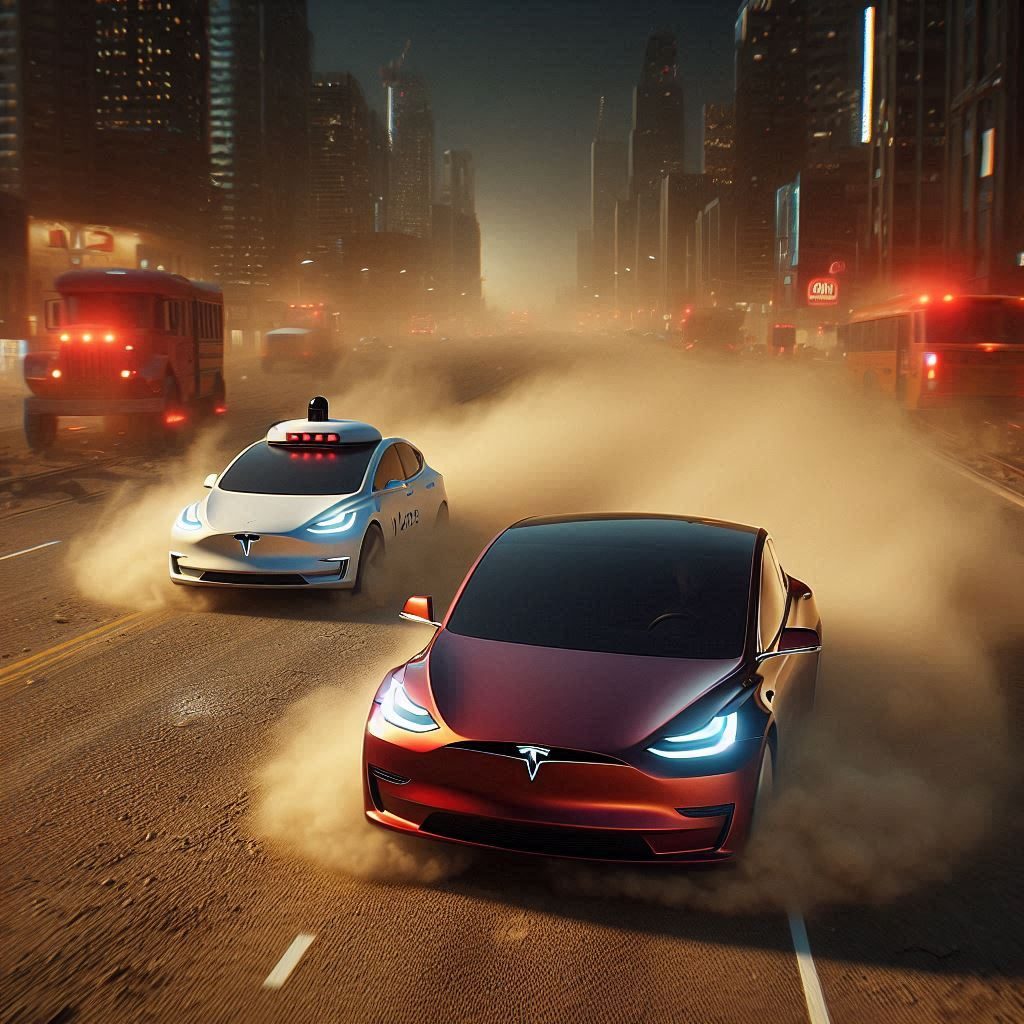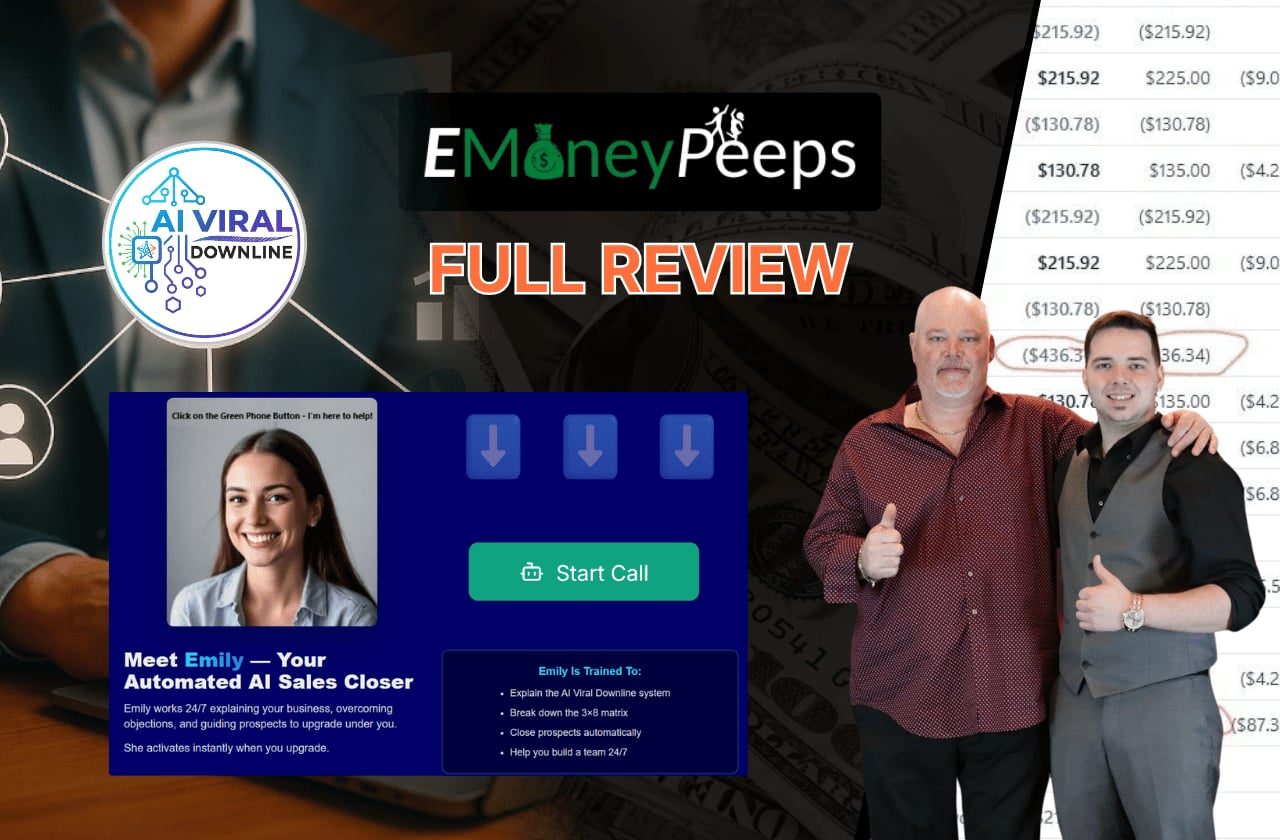Last week, Elon Musk announced that Tesla is about to make a major leap in self-driving performance.
He posted that Tesla’s next Full Self-Driving (FSD) update will be built on a model with ten times more parameters than the current version.
In other words, Tesla’s newest FSD model is expected to have 10X more connections in its virtual brain. The update will also include a major upgrade to video compression.
These improvements should soon enable Tesla vehicles to “see” and “understand” the road in much greater detail, potentially making them smarter, faster and safer at making split-second decisions.
And that should help boost Tesla’s robotaxi ambitions.
If internal testing goes well, this upgrade could hit the streets by late September.
But there’s a problem.
Tesla’s push into autonomous robotaxis is facing legal scrutiny on multiple fronts. At the same time, its rivals Waymo and Uber are making progress of their own.
All three of these companies are chasing the same market, but each company is focusing on a different part of the system that makes robotaxis work.
Which of them is currently in the driver’s seat?
Who Controls the Robotaxi Stack?
As Elon Musk’s recent $16.5 deal confirmed, Tesla wants control over its entire supply chain.
And that’s also true of its robotaxi ambitions.
Musk isn’t just trying to build the car and the software that drives it. He’s also aiming to control the entire robotaxi service from start to finish.
In tech, a “stack” is the set of layers that make a system work.
In the case of robotaxis, it covers everything from the ride-hailing app to the hardware inside the vehicle.
At the top layer, you have the user interface. That’s the ride-hailing app or service.
Below that is the platform layer. It decides how rides are dispatched and priced.
Next comes the AI model layer. This is the brain that actually drives the car.
And at the bottom is the hardware.
That’s the vehicle itself, equipped with sensors, cameras and computing power.
Tesla is building the entire stack. It controls the car and the AI model, and there’s even a dedicated section in the Tesla app for its robotaxi service.
This allows Tesla to manage everything from booking the ride to processing the payment to owning the customer relationship.
But Waymo and Uber are focused on different layers of the stack.
Waymo, which is owned by Alphabet (Nasdaq: GOOGL), is all about the AI model layer.
In late 2024, it raised $5.6 billion to expand its Waymo One service and power what it calls the “Waymo Driver.”
In other words, its vehicles’ brains.
Waymo’s fully driverless cars already operate in Los Angeles, Phoenix, San Francisco and Austin. Testing is also underway in New York City.
But Waymo doesn’t build its own cars. Instead, it partners with automakers.
Magna (NYSE: MGA) is helping it scale the fleet, and Toyota (NYSE: TM) plans to integrate Waymo’s tech into future models.
Uber (NYSE: UBER) is taking a completely different approach, although it’s still spending heavily to stay relevant.
The company recently invested $300 million in auto manufacturer Lucid (Nasdaq: LCID) and committed hundreds of millions more to Nuro, a company that builds self-driving systems.
Together, they plan to deploy over 20,000 robotaxis by 2030, all available exclusively through Uber’s app.
In Europe, Uber is partnering with Momenta to launch robotaxis by 2026.
But Uber is mainly focused on the top two layers of the stack — the front end of the robotaxi experience. That’s why riders in cities like Austin and Atlanta can book a Waymo directly through the Uber app.
For now, Uber seems happy to be the middleman and take its cut of every ride.
And there’s a massive market for it to take a cut from.
Some analysts predict the global robotaxi market could grow from $1.7 billion in 2023 to more than $400 billion by 2033. That’s a 75% annual growth rate.
Source: marketresearchfuture.com
But three things need to happen before we get there.
- The AI has to be good enough to drive without a human.
- The cars also have to be cheap enough to scale.
- And the rules have to be clear enough for cities to say yes.
Waymo already has the strongest foothold.
Its vehicles have driven more than 50 million autonomous miles and now complete over 250,000 paid rides every week.
Waymo is moving slowly, but Alphabet can fund the rollout for as long as needed.
And this cautious approach has worked so far. Waymo has a strong safety record, with pedestrian injury crashes far lower than those involving human drivers.
Uber doesn’t have to worry about its own fleet rollout yet, but the company knows how to navigate regulation.
It already works closely with cities and governments.
And it’s betting that once the tech matures, it can be the platform that ties everything together.
But Uber still depends on others to supply its hardware.
Musk’s plan is different. He wants Tesla to scale quickly.
Tesla’s cars don’t use LiDAR or high-definition maps. That keeps costs down and allows software updates to be pushed to millions of vehicles at once.
But this strategy carries risk.
Tesla faces lawsuits from shareholders who say it exaggerated the safety and readiness of its FSD system.
The federal government is also investigating crashes linked to its software.
So public trust remains a hurdle, and these legal battles could slow Tesla’s ability to launch its robotaxi program in more cities.
But does this mean Musk’s robotaxi ambitions will be stuck in neutral?
Here’s My Take
I believe the winner of the robotaxi race won’t be decided by who has the smartest AI or the best looking app.
It will be the company that scales a safe and affordable fleet in the most cities the fastest.
Which means Tesla’s all-in approach gives it a shot at pulling ahead.
But unless Musk can win over regulators and the public, Waymo’s steady rollout might end up crossing the finish line first.
Meanwhile, Uber will be happy to connect riders to whichever fleet dominates…
And collect a toll on every ride.
At this point in the robotaxi race, that might matter more than owning the car itself.
Regards,
Ian King
Chief Strategist, Banyan Hill Publishing
Editor’s Note: We’d love to hear from you!
If you want to share your thoughts or suggestions about the Daily Disruptor, or if there are any specific topics you’d like us to cover, just send an email to [email protected].
Don’t worry, we won’t reveal your full name in the event we publish a response. So feel free to comment away!
Disclaimer: This story is auto-aggregated by a computer program and has not been created or edited by finopulse.
Publisher: Source link








